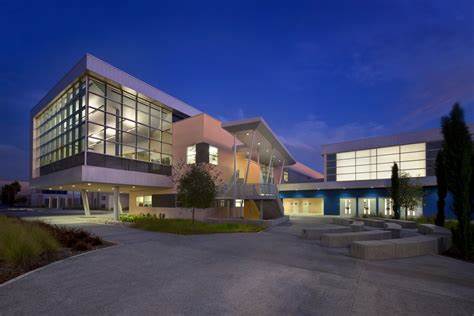This is Steve Ember with the VOA Special English Education Report.
More than nine-million children in the United States attend public middle schools. Middle school is the level between elementary and high school. The first one opened in nineteen-sixty to help ease crowding in existing schools.
Today thirty-thousand teachers, school officials, parents and others belong to the National Middle School Association. This independent group advises and represents schools. This month, the association suggested ways to improve education for students between the ages of ten and fifteen. Its position statement is called “This We Believe: Successful Schools for Young Adolescents.”
Sue Swaim is executive director of the association. Mizz Swaim says there are middle schools that are well on their way to providing the best possible education. But, she says, having some successful schools is not enough. She says all must do better, especially if the nation is to meet the goals of the education law called No Child Left Behind. President Bush signed this law last year. It requires greater testing in schools.
The National Middle School Association says schools should employ teachers who are trained especially to work with students in this age group. It says schools should offer a number of teaching methods. And it says they should form teams of two to four teachers to work with a common group of students.
The association advises middle schools to get students actively involved in their learning. It says students learn best when they take part in the teaching process. Schools are also urged to continually measure the progress of students. And they are told that expectations for everyone in the school should be high.
The National Middle School Association also advises schools to create a mission statement. Such a statement describes the needs and goals of a school, and helps guide decisions. Middle schools are also urged to develop an inviting and safe environment. Students should feel supported.
Further, the association says all the adults in successful middle schools help advise and guide the students. It says successful schools work to get families involved. And these schools recognize that young people can learn more than adults often believe.
This VOA Special English Education Report was written by Jerilyn Watson. This is Steve Ember.
